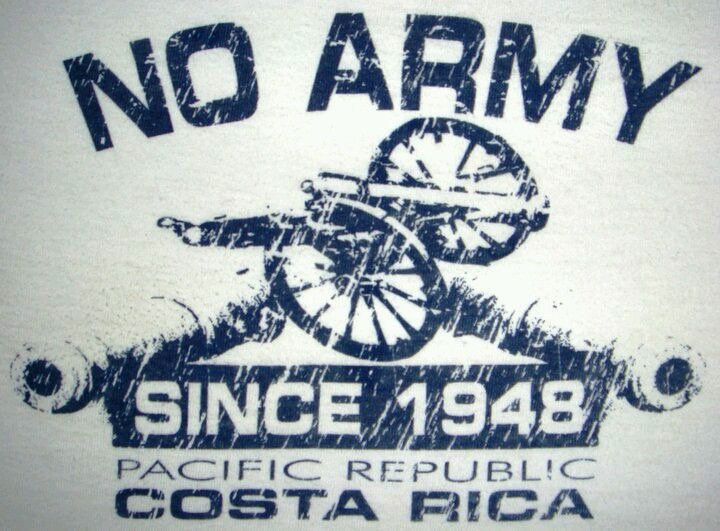In the vibrant heart of Central America, Costa Rica stands as a beacon of peace and stability, often likened to Switzerland for its scenic beauty and tranquil reputation. However, beneath this serene facade lies a reality far more complex than the clichéd depiction of a demilitarized haven.
The Mirage of Demilitarization
Costa Rica’s journey to peace is nothing short of remarkable. Post its 44-day civil war in 1948, the country witnessed an economic boom and established a welfare state envied across the region. Its democratic stability is unparalleled in Latin America, often attributed to the abolition of the army in 1948 under José Figueres Ferrer’s junta. This decision seemingly inoculated Costa Rica against the military coups and violence plaguing its neighbors.
Yet, this image of a demilitarized utopia is more myth than reality. Behind the scenes, the country’s law enforcement bears a military pedigree, challenging the narrative of a completely peaceful Costa Rica.
Peace at What Cost?
While Costa Rica prides itself on being an island of peace, its history reveals a complex relationship with militarization. The abolition of the army was less about pacifist idealism and more a political and financial strategy during the Cold War. The country found solace under the U.S. protective umbrella, aligning with anti-communist sentiments and fostering close ties with powerful allies like the United Fruit Company.
In reality, the Fuerza Pública, Costa Rica’s national law enforcement, assumed the military’s role, blurring the lines between policing and military functions. This hybrid institution highlighted the dual nature of Latin American military forces, acting as guardians of internal order rather than solely focusing on external threats.
A Shifting Security Landscape
Recent years have seen a disturbing shift in Costa Rica’s security landscape. The country, once a symbol of tranquility, faces mounting crime rates. The influence of Mexican drug cartels, coupled with a spike in cocaine production in Colombia, has led to an increase in violent incidents. By 2015, Costa Rica’s homicide rate nearly doubled compared to 2000, with local drug gangs clashing and leaving a trail of violence.
The Covid-19 pandemic further transformed drug trafficking markets, exacerbating the situation. Costa Rica’s homicide rates hit record highs, with an alarming spike in killings. Politicians responded by toughening penal laws and extending maximum sentences, leading to a surge in the prison population.
The Iron Fist Emerges
As public discourse turns increasingly authoritarian, calls for militarization of the police have gained momentum. Special police units like the Fuerza Especial Operativa, founded in 2015, reflect a shift towards a more militaristic approach to law enforcement. This move towards heavier armed and aggressive policing tactics resembles more a counterinsurgency than democratic policing.
A Legacy at Stake
Costa Rica’s acclaimed history of nonviolence now stands at a crossroads. The country faces a crucial choice: to continue down a path aligning with the militaristic norms of Central America or to rediscover and uphold its legacy of peace and stability.


1 comment
[…] Source link […]